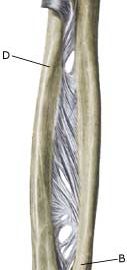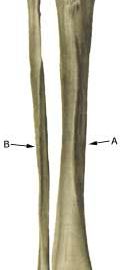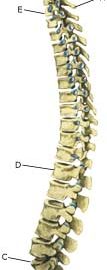Cause: In case of repeated loads or blows the bursas can become inflamed, produce fluid, swell and become painful. One of the most frequent bursitis forms on the forearm, is inflammation of the bursa located between the biceps tendon and the fastening on the radius (tuberositas radii) (article). Symptoms: Pain upon applying pressure on the bursa, which sometimes (but far from always) may feel swollen. Aggravated upon activation of the muscle located immediately above the bursa. Acute treatment: Click here. Examination: In slight cases with only minimal tenderness, medical examination is not necessarily required. In cases of more pronounced pain or lack of progress, a medical examination should be carried out to ensure a correct diagnosis and treatment. The diagnosis is usually made on the basis of a normal medical examination, however, if there is any doubt surrounding the diagnosis, it can easily and quickly be confirmed under an ultrasound scan. Treatment: The treatment primarily consists of relief, and removal of the provoking cause (if identified). The treatment can be supplemented with rheumatic medicine (NSAID) or the injection of corticosteroid in the bursa preceded by draining of the bursa, which can advantageously be done under ultrasound guidance. Rehabilitation: The treatment is completely dependant on which bursa is inflamed, but sports activity can usually be cautiously resumed once pain has decreased, particularly if it has been possible to remove the provoking cause. Complications: If progress is not smooth, it should be considered if the diagnosis is correct or whether complications have arisen. In rare cases the bursa can become infected with bacteria. This is a serious condition where the bursa becomes red, warm and increasingly swollen and tender, and requires immediate medical examination and treatment. If there is no progress with relief, medical treatment (rheumatic medicine (NSAID) and the ultrasound guided injection of corticosteroid), surgical removal of the bursa may be attempted. |






